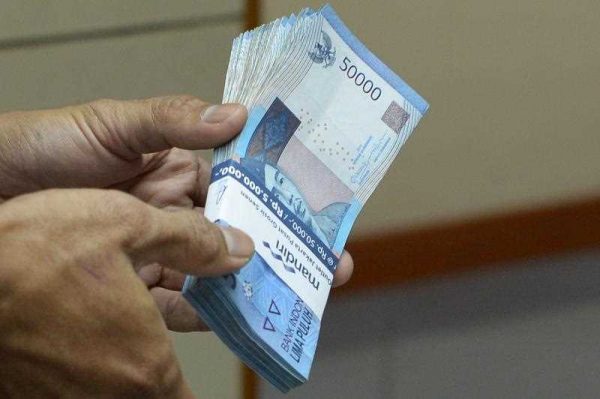Recent developments are supportive of a more benign inflation picture. BI follows a forward-looking inflation targeting policy regime. Headline inflation is declining more quickly than expected with the February rate at 6.3 per cent. It seems the feedthrough of the November fuel price hikes were largely one-off and the strong dollar has not shaped inflation.
Future price pressures appear limited. Low retail fuel prices, weak global price pressures and a slowing economy point to declining inflation. But month-to-month inflation may become more volatile. Global oil prices and exchange rate developments feed directly into retail prices through the new automatic price adjustment mechanism.
External financing conditions remain important for monetary policy. Due to the government’s infrastructure plans, the current account deficit is likely to persist. And capital inflows will be critical for financing it. In the world of quantitative easing (QE), relying on capital inflows was not a problem (with exceptions such as the May 2013 ‘taper tantrum’). But in late 2014, the view was that 2015 might be a different story: a strong US economy and Federal Reserve guidance suggested the beginning of a rising US rate cycle.
But Indonesian yields continue to look very attractive if global risk remains benign. The European Central Bank has stepped up its monetary easing, the Bank of Japan is continuing its QE and US growth is moderating and this has tempered the expected pace of interest rate increases. These developments have revived the emerging-market financing environment. The immediate task — financing the external current account — looks less challenging than a few months ago, mitigating pressure on Indonesia’s monetary policy.
The central bank’s focus is back on inflation and less on the external balance at least for now. In addition to the better external environment, BI judges that external financing is now less problematic. The current account deficit reflects the pickup in public infrastructure investment rather than less productive imports. And behaviour in the foreign exchange market has improved, permitting a gradual exchange rate adjustment which has served to absorb the pressure of the global rise of the US dollar.
At the same time, growth has become a more prominent policy consideration. The Jokowi government is looking for growth to rise to 5.7 per cent in 2015 from 5 per cent in 2014. But indicators point to slow growth. BI signalled concerns about slowing credit growth when it guided banks to target stronger credit growth for 2015 and loosened the definition of the loan-to-deposit ratio.
But the course chosen by BI is not without risks.
BI must overcome the Indonesian public’s ‘fear of floating’ — the concern about a weakening nominal value of the rupiah. Targeting inflation and recognising the growth situation could result in a weaker rupiah. Public discourse will have to shift focus from the rupiah–USD rate to the effective exchange rate. The real effective exchange rate is critical — over the second half of 2014 the rupiah was appreciating in real terms and this did not help address the large external current account deficit. Indonesia’s relatively high inflation means that a systematically weaker nominal exchange rate is needed just to maintain Indonesia’s external competitiveness.
Budget related risks could also change the interest rate environment. The 2015 budget financing requirement is larger than 2014. In some scenarios this may see the need for higher interest rates. The planned fiscal deficit is 1.9 per cent of GDP. Beyond that, the government is placing additional equity of about 0.5 per cent of GDP into state owned enterprises. But the greater risk is if spending proceeds in line with plans without the expected growth in revenues. The emergence of a larger financing gap could trigger higher interest rates.
Indonesia’s external finance situation and external obligations remain risks. US rate rises may make the external environment more difficult for emerging markets, especially those with current account deficits. But even if the external financing environment remains benign, Indonesia’s external obligations will continue to increase due to its sizeable portfolio and other capital inflows. While the scale of the resulting obligations remains manageable, they are increasing at a fast pace and, in the medium term, could pose challenges for external debt management.
David Nellor is an Adjunct Professor in the Lee Kuan Yew School of Public Policy, National University of Singapore.

